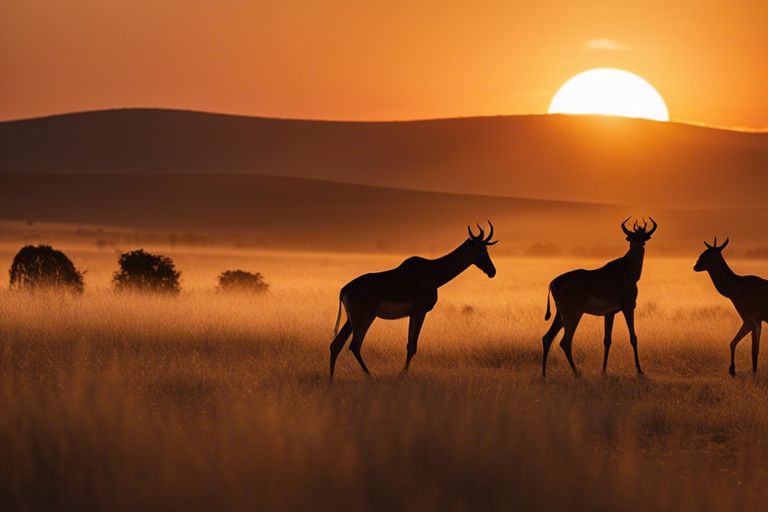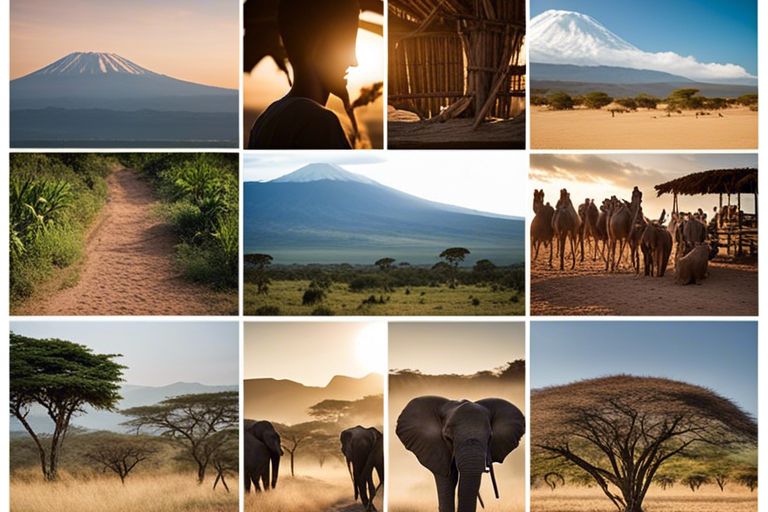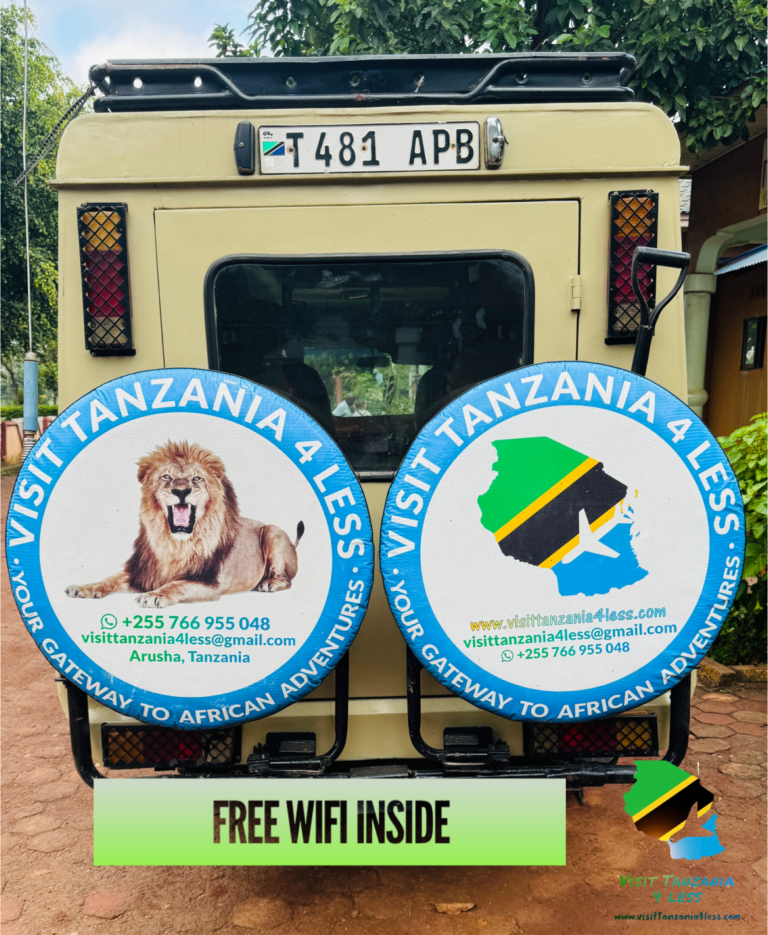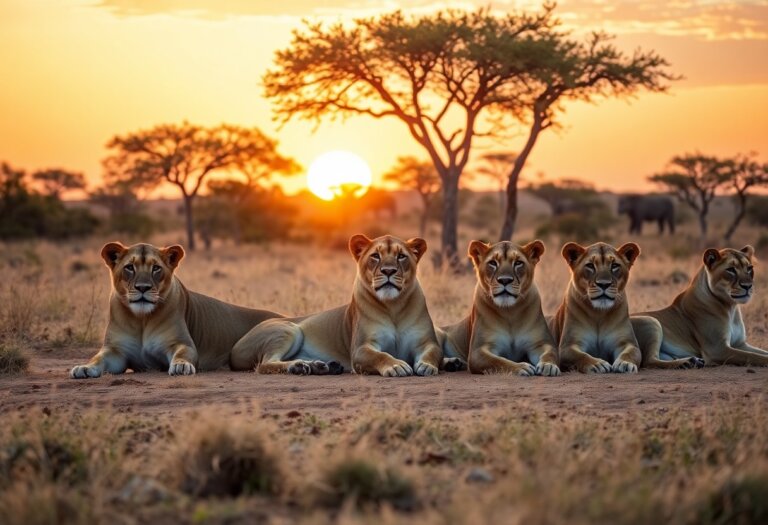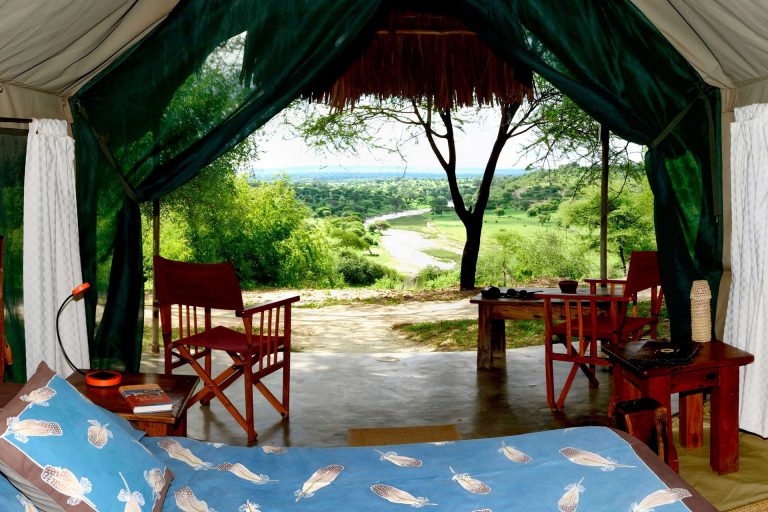The Dos And Don'ts Of Exploring The Serengeti National Park – How-to Guide
Overwhelmed by the prospect of exploring the vast and stunning Serengeti National Park? Worry not, as we have compiled a list of imperative dos and don’ts to ensure you have a memorable and enriching experience while visiting this iconic destination. From wildlife encounters to cultural sensitivities, follow these practical tips to make the most out of your adventure in the heart of Tanzania’s wilderness.
Planning Your Trip
Choosing the Right Time to Visit
Your experience in the Serengeti National Park can vary greatly depending on the time of year you choose to visit. The best time for wildlife viewing is during the dry season from late June to September when the animals gather around water sources making them easier to spot. The wildebeest migration, one of the most spectacular events in the park, usually occurs from December to July, with the best time to witness river crossings being from June to August.
Selecting a Reliable Tour Operator
If you’re planning a trip to the Serengeti National Park, it’s imperative to choose a reliable tour operator to ensure a safe and enjoyable experience. Look for operators with experienced guides who know the park well and can provide insightful information about the wildlife and ecosystem. Reading reviews and asking for recommendations from friends or online travel forums can help you find a reputable tour operator that suits your needs and budget.
When deciding on a tour operator, consider factors such as group size, types of vehicles used, accommodation options, and included activities. A good tour operator will prioritize safety, comfort, and sustainability while offering a memorable safari experience.
Packing Essential Items for a Comfortable Safari
Choosing the right clothing and gear can make a big difference in your comfort during a safari in the Serengeti National Park. Opt for breathable fabrics in neutral colors such as khaki, beige, or olive green to blend in with the surroundings and avoid attracting insects. Don’t forget to pack layers as mornings and evenings can be chilly, while daytime temperatures can soar.
Preparing for the Safari
Understanding the Park’s Rules and Regulations
To ensure a safe and enjoyable experience in the Serengeti National Park, it is crucial to familiarize yourself with the park’s rules and regulations. From speed limits on game drives to guidelines on interacting with wildlife, knowing and following these rules will not only protect the natural habitat but also enhance your overall safari experience. Bear in mind, you are a guest in the animals’ home, so respecting their space and adhering to the guidelines set in place is necessary.
Acclimating to the African Climate
Clearly, the African climate can be vastly different from what you are used to, so it’s important to prepare accordingly. The Serengeti National Park experiences hot days and cool nights, so packing layers is key. Additionally, staying hydrated and protecting yourself from the sun are vital. Be sure to bring sunscreen, a hat, and light clothing to stay comfortable during your safari adventure.
Plus, it’s a good idea to gradually adjust to the climate by spending time outdoors in the weeks leading up to your trip. This can help your body acclimate to the temperature changes and reduce the risk of heat-related issues while on safari.
Getting Familiar with the Local Wildlife and Ecosystem
There’s so much more to the Serengeti National Park than just the famous wildebeest migration. Take the time to learn about the diverse wildlife and ecosystems that call this place home. From the Big Five (lion, elephant, buffalo, leopard, and rhinoceros) to the unique bird species and plant life, the Serengeti is a treasure trove of biodiversity waiting to be explored.
Understanding the behaviors and habitats of the animals you may encounter can enrich your safari experience and help you appreciate the wonders of nature even more. Consider reading up on the different species or joining guided tours with knowledgeable experts to fully immerse yourself in the beauty of the Serengeti.
Dos of Exploring the Serengeti
Respecting Wildlife and Keeping a Safe Distance
Distance yourself from wildlife in the Serengeti to both protect the animals and ensure your own safety. It’s crucial to remember that these are wild creatures and should not be approached closely or fed under any circumstances. Maintaining a safe distance allows you to observe them in their natural habitat without disrupting their behavior or causing them distress.
Following Park Guides and Instructions
Instructions provided by park guides are crucial for your safety and the preservation of the environment. These guides are knowledgeable about the area and can offer valuable insights into the wildlife and ecosystems you’ll encounter. It’s important to follow their directions and adhere to any rules or regulations set forth by the park authorities to ensure a smooth and enjoyable experience.
Another tip is to ask questions if you’re unsure about anything during your safari. Park guides are there to help enhance your experience and provide information about the Serengeti’s flora and fauna.
Staying Hydrated and Energized Throughout the Day
There’s no substitute for proper hydration while exploring the Serengeti. Remember to drink plenty of water throughout the day to prevent dehydration, especially under the hot African sun. Pack energy-boosting snacks like nuts, fruits, or granola bars to keep your energy levels up during long drives and walks.
Respecting your body’s need for water and sustenance will ensure you can fully enjoy and appreciate the vast landscapes and incredible wildlife sightings the Serengeti has to offer.
Being Mindful of Your Impact on the Environment
Now more than ever, it’s crucial to be conscious of the impact we have on the environment, especially in delicate ecosystems like the Serengeti. Avoid littering, stay on designated paths, and follow the principles of Leave No Trace to minimize your footprint.
Guides can also provide valuable insights on how to interact with the environment respectfully, such as avoiding disturbing plants and animals, and practicing responsible tourism habits that support conservation efforts in the region.
Don’ts of Exploring the Serengeti
Avoiding Feeding or Touching Wildlife
Wildlife in the Serengeti is exactly that – wild. It is crucial to remember not to feed or touch any of the animals you encounter. While it may be tempting to offer food or get close for a good photo opportunity, this can have detrimental effects on the animals’ behavior and health. Feeding wildlife can disrupt their natural diet and lead to dependency on humans, impacting their ability to survive in the wild.
Refraining from Littering and Disrespecting the Park’s Natural Beauty
Donts: One of the most important rules when exploring the Serengeti is to avoid littering and disrespecting the park’s natural beauty. Litter can harm wildlife, spoil the environment, and disrupt the ecosystem. It is important to always dispose of your trash properly and respect the environment around you.
Avoid leaving any waste behind and make sure to pick up after yourself to help preserve the Serengeti’s natural beauty for future generations to enjoy.
Not Venturing Off Designated Trails and Paths
Little: Venturing off designated trails and paths can have serious consequences for both visitors and the park’s ecosystem. Straying from marked paths can disturb fragile habitats, trample vegetation, and disrupt the natural behavior of wildlife. It can also be dangerous for visitors as they may encounter wild animals unexpectedly or get lost in the vast expanse of the park.
For instance, certain areas may be off-limits to protect breeding grounds or endangered species. It is important to adhere to these restrictions to help conserve the Serengeti’s delicate ecosystem and ensure the safety of both visitors and wildlife.
Ignoring Park Rules and Guidelines
From: Ignoring park rules and guidelines can have serious consequences and impact the overall experience of exploring the Serengeti. Rules are in place to protect the park’s wildlife, preserve its natural beauty, and ensure the safety of visitors. It is crucial to abide by these rules at all times to minimize human impact on the environment and wildlife.
To avoid any issues during your visit, familiarize yourself with the park’s rules and guidelines before commenceing on your Serengeti adventure. Respecting the regulations set forth by the park authorities will help guarantee a safe and enjoyable experience for everyone involved.
Factors to Consider When Exploring the Serengeti
For a successful safari experience in the Serengeti National Park, there are several important factors to consider before commenceing on your journey. From weather conditions to wildlife migration patterns, here are some key aspects to keep in mind:
Weather Conditions and How They Affect the Safari
- They play a crucial role in determining the kind of experience you will have during your safari. The Serengeti experiences two main seasons – the dry season and the wet season. The dry season, from June to October, is the best time for game viewing as wildlife tends to concentrate around water sources, making it easier to spot them.
- During the wet season, from November to May, the landscape is lush and green, but the vegetation can be dense, making it harder to see animals. However, this time is ideal for birdwatching and witnessing the birth of thousands of wildebeest calves.
Perceiving the different weather patterns and their effects on wildlife behavior will help you plan your safari accordingly.
Understanding the Great Migration Patterns
You should familiarize yourself with the Great Migration patterns, where millions of wildebeest, zebras, and gazelles move in a circular motion between the Serengeti in Tanzania and the Masai Mara in Kenya. This fascinating spectacle occurs throughout the year as the animals follow the rains and fresh grazing lands.
Exploring this phenomenon will give you a deeper appreciation for the intricacies of nature and the incredible journey these animals undertake each year.
Considering the Best Time for Game Viewing
Consider visiting the Serengeti during the dry season for optimal game viewing opportunities. The months of June to October offer the best chances to see the Big Five (lion, elephant, leopard, buffalo, and rhinoceros) as they congregate around watering holes and rivers.
Viewing these majestic creatures in their natural habitat is a truly unforgettable experience that should not be missed during your safari in the Serengeti.

Tips for a Memorable Safari Experience
Once again, initiateing on a safari in the Serengeti National Park is a truly unforgettable experience. To ensure you make the most of your adventure, here are some tips for a memorable safari experience:
Bringing the Right Camera Equipment for Capturing Wildlife Moments
- Invest in a good quality telephoto lens to capture wildlife from a distance.
- Bring extra memory cards and batteries to ensure you never miss a shot.
- Consider a camera with fast autofocus capabilities for quick wildlife photography.
Staying Patient and Quiet During Game Viewing
On a safari, it is important to remain patient and quiet during game drives to increase your chances of spotting wildlife. Animals can be easily scared off by loud noises or sudden movements, so staying calm and observant is key.
It is necessary to respect the animals’ space and behavior by keeping noise levels to a minimum. By staying patient and quiet, you allow wildlife to go about their natural activities without disturbance, giving you a better chance of witnessing unique behaviors and interactions.
Being Open-Minded and Flexible with Your Safari Plans
Staying open-minded and flexible with your safari plans can lead to unexpected and rewarding moments. Wildlife sightings are unpredictable, and being willing to adapt to changes in the itinerary or route can result in incredible experiences that you may not have anticipated.
Moments of spontaneity, such as stumbling upon a rare animal or witnessing a breathtaking sunset, often occur when you least expect them. By embracing flexibility and going with the flow, you open yourself up to a world of possibilities and enriching encounters during your Serengeti safari.
Conclusion
Presently, exploring the Serengeti National Park can be an unforgettable experience if you follow the dos and don’ts outlined in this guide. By respecting the wildlife and ecosystem, being mindful of the local community, and following park regulations, you can ensure a safe and enjoyable visit to this incredible natural wonder.
Remember to plan ahead, hire a certified guide, stay on designated paths, and pack responsibly to minimize your impact on the environment. By being a responsible traveler, you can help preserve the Serengeti’s beauty for future generations to enjoy.

